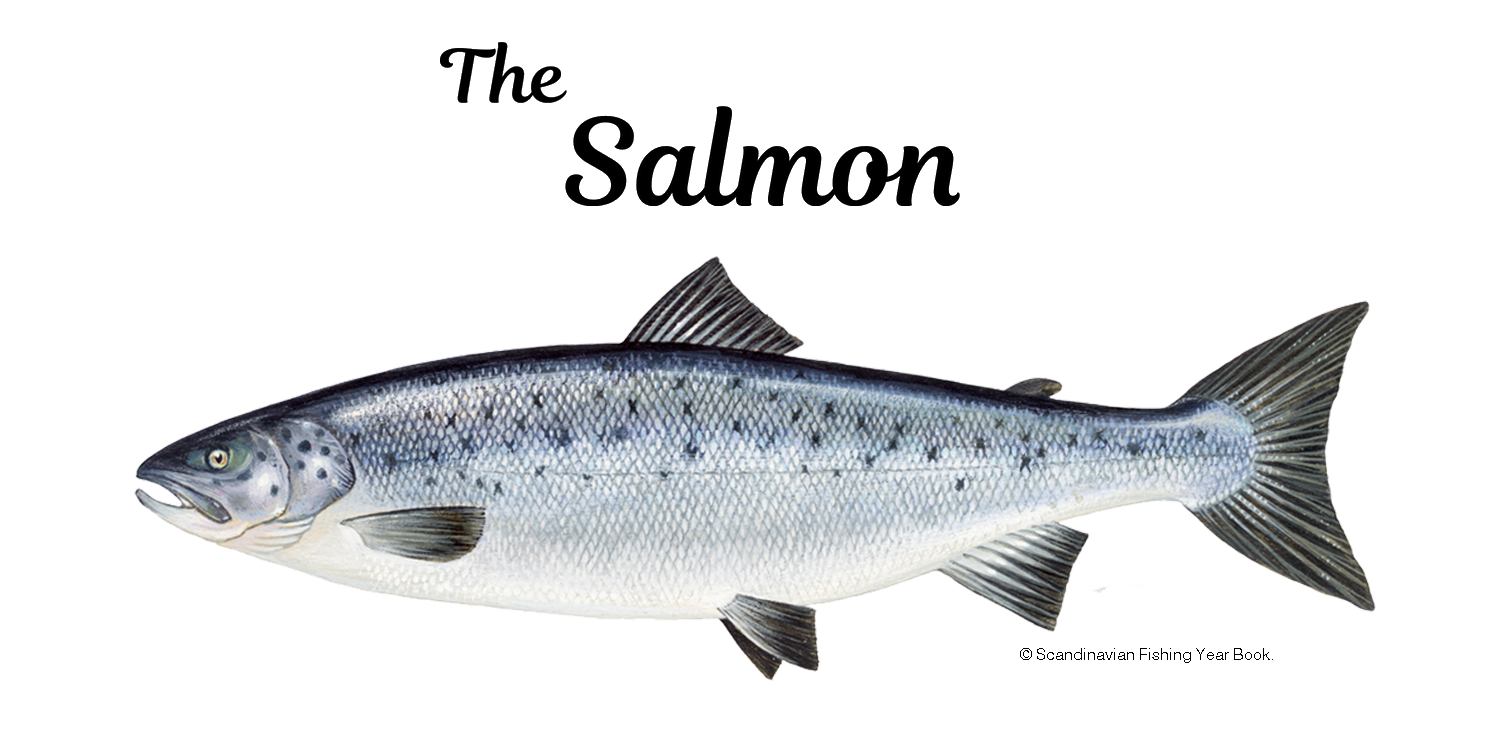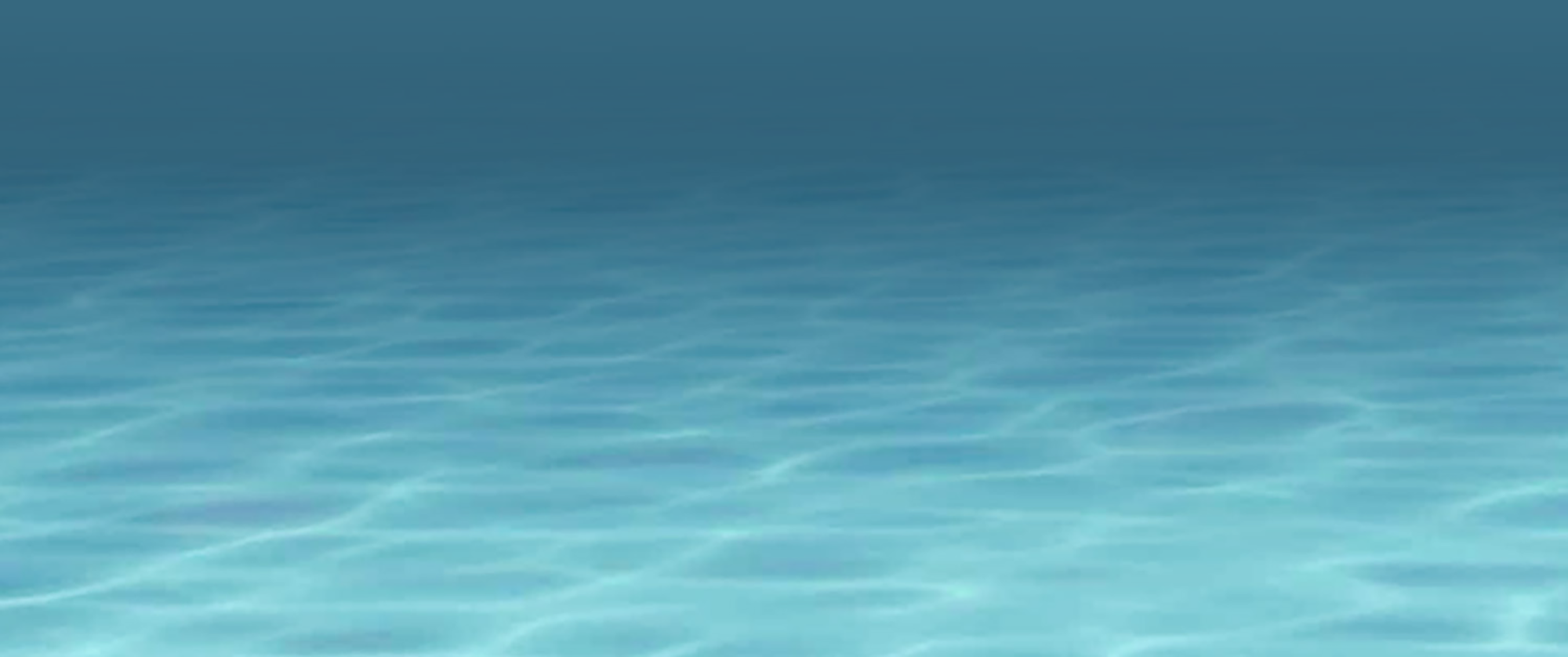At all times when fishing for Salmon think like a Salmon ~ no matter how weird it gets !

The anadromous Salmo Salar, the leaper, whatever moniker you choose to tag the enigmatic Atlantic Salmon it is without doubt a most beautifully streamlined creature when sheened in its majestic and regal coat of lustrous silver entirely befitting the “King of Fish”.
*

